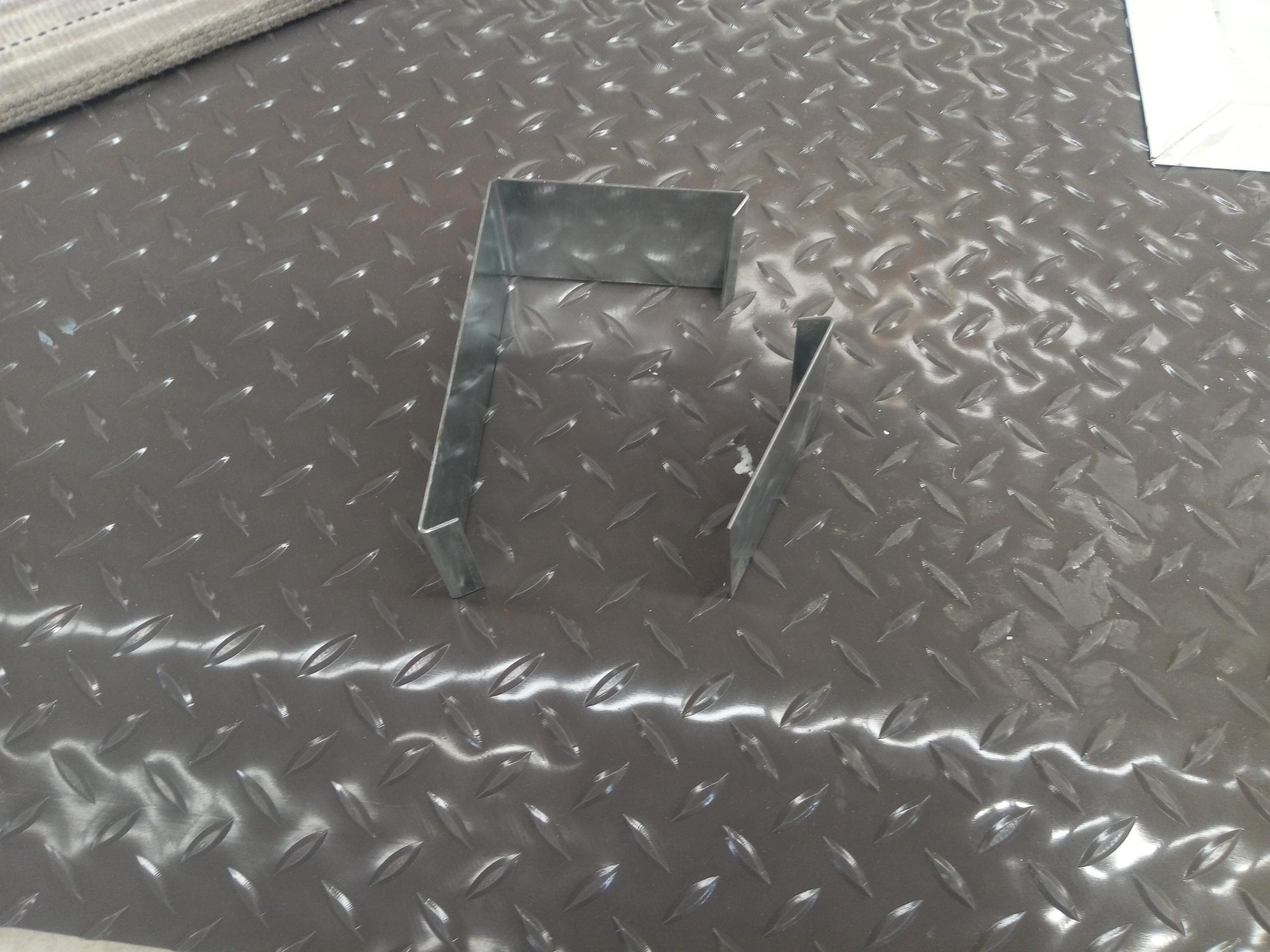Inhoudsopgave
Benefits of Using Container Houses as Temporary Laboratories in Scientific Research Projects
Container houses have gained popularity in recent years as a cost-effective and sustainable housing solution. However, their versatility extends beyond residential use, as they can also be repurposed for various other applications, including serving as temporary laboratories in scientific research projects. This article will explore the benefits of using container houses in this capacity and how they can enhance the efficiency and effectiveness of research endeavors.
One of the primary advantages of utilizing container houses as temporary laboratories is their mobility. These structures can be easily transported to remote or hard-to-reach locations, allowing researchers to conduct fieldwork in areas that may not have existing laboratory facilities. This mobility enables scientists to collect data in real-time and make on-the-spot observations, leading to more accurate and timely results.
Furthermore, container houses are customizable and can be outfitted with the necessary equipment and amenities to support a wide range of research activities. From climate-controlled environments for conducting experiments that require specific temperature and humidity conditions to specialized workstations for analyzing samples, container laboratories can be tailored to meet the unique needs of each research project. This flexibility allows researchers to create a functional workspace that maximizes productivity and efficiency.
In addition to their mobility and customization options, container houses offer a cost-effective solution for setting up temporary laboratories. Traditional brick-and-mortar buildings can be expensive to construct and maintain, especially for short-term research projects. In contrast, container houses are more affordable and can be quickly assembled and disassembled, saving both time and money. This cost-effectiveness makes them an attractive option for research teams working within limited budgets or tight timelines.
Another benefit of using container houses as temporary laboratories is their sustainability. These structures are often made from recycled materials, making them an environmentally friendly choice for research projects that prioritize sustainability. Additionally, container houses can be outfitted with solar panels or other renewable energy sources to reduce their carbon footprint and energy consumption. By incorporating sustainable practices into their research operations, scientists can contribute to global efforts to combat climate change and promote environmental stewardship.

Furthermore, container houses are durable and weather-resistant, making them suitable for use in a variety of environmental conditions. Whether researchers are conducting fieldwork in the desert, rainforest, or Arctic tundra, container laboratories can withstand harsh weather conditions and provide a safe and secure workspace for scientific endeavors. This durability ensures that research projects can proceed without interruption, regardless of the challenges posed by the natural environment.
In conclusion, the application of container houses as temporary laboratories in scientific research projects offers numerous benefits, including mobility, customization, cost-effectiveness, sustainability, and durability. By leveraging these advantages, researchers can enhance the efficiency and effectiveness of their research endeavors, leading to more impactful and meaningful discoveries. As the demand for innovative research solutions continues to grow, container houses provide a versatile and practical option for meeting the evolving needs of the scientific community.
Design Considerations for Container Houses Used as Temporary Laboratories in Scientific Research Projects
Container houses have gained popularity in recent years due to their versatility and cost-effectiveness. These structures, made from repurposed shipping containers, have been used for various purposes, including housing, offices, and even retail spaces. One innovative application of container houses is as temporary laboratories in scientific research projects.
When considering the design of container houses used as temporary laboratories, several factors must be taken into account. First and foremost, the layout of the laboratory must be carefully planned to ensure that it meets the specific needs of the research project. This includes determining the size and number of workstations, storage areas, and equipment required for the experiments.
In addition to the layout, the interior design of the container house must also be considered. The walls, floors, and ceilings should be constructed from materials that are easy to clean and maintain, as well as resistant to chemicals and other potentially hazardous substances. Proper ventilation and lighting are also essential to create a safe and comfortable working environment for researchers.
Furthermore, the container house must be equipped with the necessary utilities, such as electricity, water, and waste disposal systems. These utilities are crucial for conducting experiments and storing samples properly. Additionally, the container house should be insulated to maintain a stable temperature and protect sensitive equipment from extreme weather conditions.
Another important consideration when designing a container house as a temporary laboratory is mobility. Since research projects often require researchers to move from one location to another, the container house should be easily transportable. This can be achieved by using modular construction techniques and ensuring that the structure is compatible with standard shipping containers.
Moreover, the exterior design of the container house should also be taken into consideration. The exterior should be weather-resistant and durable to protect the interior from the elements. Additionally, the container house should be aesthetically pleasing to create a positive impression on visitors and stakeholders.
In conclusion, the application of container houses as temporary laboratories in scientific research projects offers a cost-effective and versatile solution for researchers. By carefully considering the design considerations outlined above, researchers can create a functional and efficient workspace that meets the specific needs of their research project. Container houses provide a unique opportunity to conduct experiments in remote locations or temporary settings, making them an invaluable asset for scientific research.

